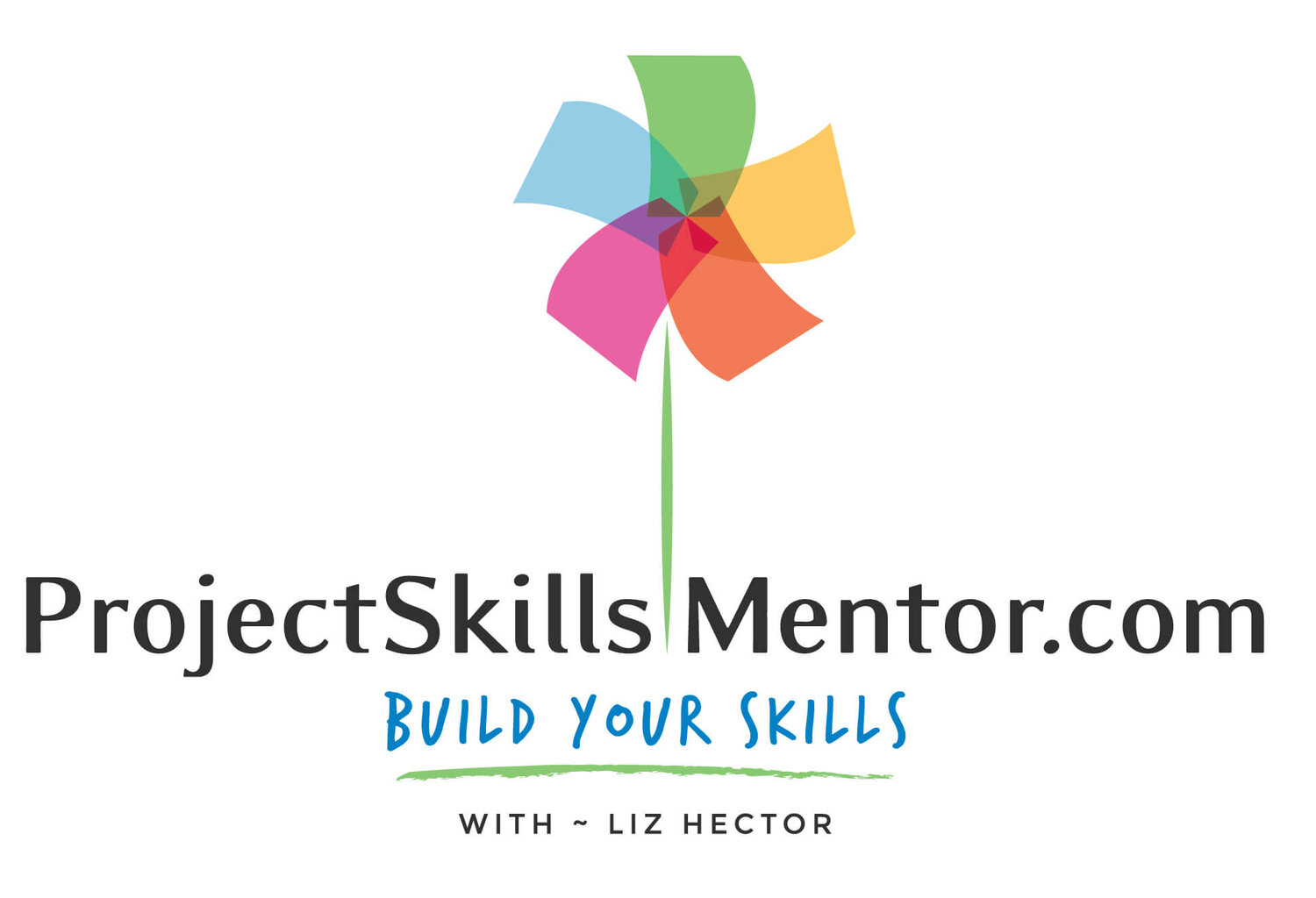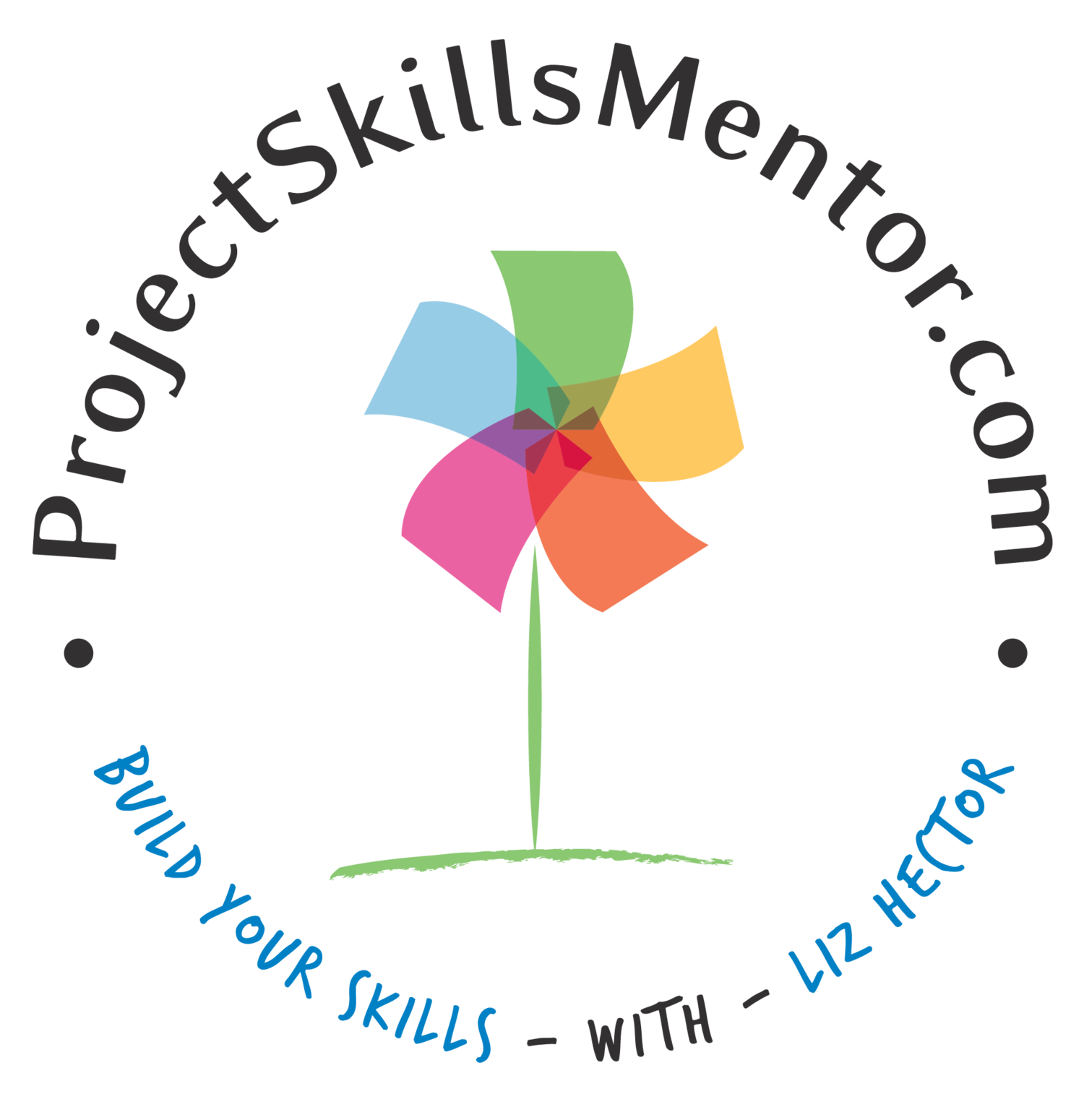Sticky Notes, Chaos, and 'Aha!' Moments: Your Journey Mapping Adventure
Do you want to know how to map a user journey in real time and land a big idea? So you've done the theory. You know that a user journey map is important. But have you *watched one being built* — live, messy, with sticky notes flying, "oh wait" moments, and "aha" revelations? That's what we're diving into today.
Companies that use journey maps based on real behaviour
can boost ROI by 13-22%.
Let's jump into why a live walkthrough of mapping a user journey is powerful, and how you can pull it off (without turning it into chaos). Let's go through some real business cases to underscore what works.
Why Journey Maps Beats Just Reading Slides
When your stakeholders map their needs, wants, and processes, they can observe how assumptions get challenged. It's one thing to know "map your touchpoints", another to watch someone scratch out "Checkout page" and replace it with "Mobile checkout abandoned after 3 clicks".
Reality builds stakeholder buy-in. Bringing your team into the process demystifies it and gets them invested. According to Nielsen Norman Group, a workshop structure helps align stakeholders and build shared understanding.
Mistakes are visible — and that's good. Rather than hiding the messy bits, you can show how you identify a pain point, iterate, and refine. That transparency builds trust.
It gives you content and context. A live or semi-live walkthrough can be turned into a video, blog post, slide deck, orsocial snippets. This helps move from sticky-note zombies that lose their purpose right after the workshop to meaningful ideas ready for action. Creating digital content of the process gives you multi-channel gold to use later in training, review, and when updates are needed.
How to Structure a Live Mapping Session (Without Losing Your Mind)
Here's a simple 5-step plan to help you focus on getting started and making it real (and really useful).
Start Strong
Pick a real scenario: "first-time mobile user buys in app"
Gather existing data: analytics, support tickets, and user feedback.
Invite a cross-functional team: marketing, product, support, maybe someone from operations.
2. Know Where You Are
On a whiteboard or digital board, draw the user's path as it is assumed today: touchpoints, decisions, pain points.
Let people voice their assumptions, disconnects, and irritations. Get everything out.
3. Challenge What You Think You Know
Do a live Walk-and-Talk through
Give each team member a role (like customer, warehouse supervisor, order clerk, supplier).
Create mock documents to represent their work.
Walk through the process, passing paper to represent process flows and information sharing.
Look for issues, wasted steps, and places where the process falls over.
Validate using real data like analytics drop-off, call-centre complaints, and user quotes.
Challenge the status quo. Ask: What's this user thinking here? What channel did they use? What got them stuck?
How many steps did customer service take to resolve the issue? Could we make it simpler, or more transparent?
This is where you might need to erase "easy-checkout" and write "needs live chat after 2 failed attempts."
Bonus Points: At the end of the “Challenge and Validate” process, turn your idea into a story. This will help you compellingly share your idea and ensure you have covered all the important parts of your user journey. Learn more and get my free Storytelling Template here.
4. Brainstorm improvements and future state
Once pain points are clear, switch to "what if" mode.
What if the user used voice?
What if the app nudged them?
What if checkout required 1 click, not 3?
When the customer called customer service, how many steps did the service desk take to resolve the issue?
Could we make it simpler, faster, or more transparent?
Next, sketch the improved journey and compare it to the way things work now.
5. Make the Ideas Actionable
Now that you have a clearer picture of ideas for improvement. Make an action or Kanban list. What is the change? Who owns the task to execute it? How will we test it? When will we review the results?
Update your Kanban or Action Planner as ideas get executed. Set the next meeting to review the updated action planner/kanban. And revisit the map — journey maps aren't one-and-done. A review might mean a run-through, starting with step 1 again, or jumping into step 4. It's up to you to make it real and meaningful
Spice It Up with Business Case Examples
Suppose your teams need inspo to get the idea or see the value in the process. Let me share two real-life examples from my years of Journey Mapping Workshops you can reference:
Example: A group of educators wanted their students to be great at project work. However, they didn't understand the process or timing themselves. So, a workshop helped them to land their ideas and shape the communication for the students. The mapping workshop included a live, structured session covering steps 1-5. Highlights included current-state mapping, pain-point prioritization, and future-state ideation. This helped the team reveal hidden issues and build a shared vision. And they created a final product that communicated the goal, actions, and timeline.
Example: In one mapping exercise I worked on, a company discovered that its "free trial to paid subscription" journey lacked a self-help hook. They didn't realize users bounced because they didn't find value during the 7-day trial period. The team redesigned their trial offer so customers could reach their own "aha" moment sooner. And, very importantly, workshop members took ownership of ensuring the improvements were implemented and that prospective customers stayed.
Using tools and workshops early helps you break silos: teams move from "marketing did this" to "we all own the journey".
But before you go…
What are the Common Journey Mapping Mistakes (the challenge is real)
Common Mistake: Trying to map everything at once. The whiteboard gets crowded, and people get lost.
Instead: Pick a specific scenario, persona, and process flow.
Common Mistake: Inviting only the UX person. Without cross-team input, you'll miss support, ops, or front-line insights.
Instead: Invite representatives from all key players, and maybe a few on the periphery; you never know who will bring a new idea to the process.
Common Mistake: Documenting the map and never revisiting. Don't let your flip-charts become home to dust bunnies.
Instead: Make an action plan and set a time and date for a review before you leave the workshop.
Common Mistake: Going rogue with the future state before fixing the current state. You can't skip the pain-point check, or you'll propose solutions to problems you don't actually have.
Instead: Keep the improvement actions clear and linear so you don't introduce more change than the team can handle. If you have a lot to fix, do it in stages if possible.
Need to make it more real? Watch me map a User Journey using Design Thinking here, including a post-workshop discussion on lessons learned— what went wrong and how to improve the process.
Have you used this live workshop process? How did it work for you? What would you do differently? Let me know if you have any comments below.








